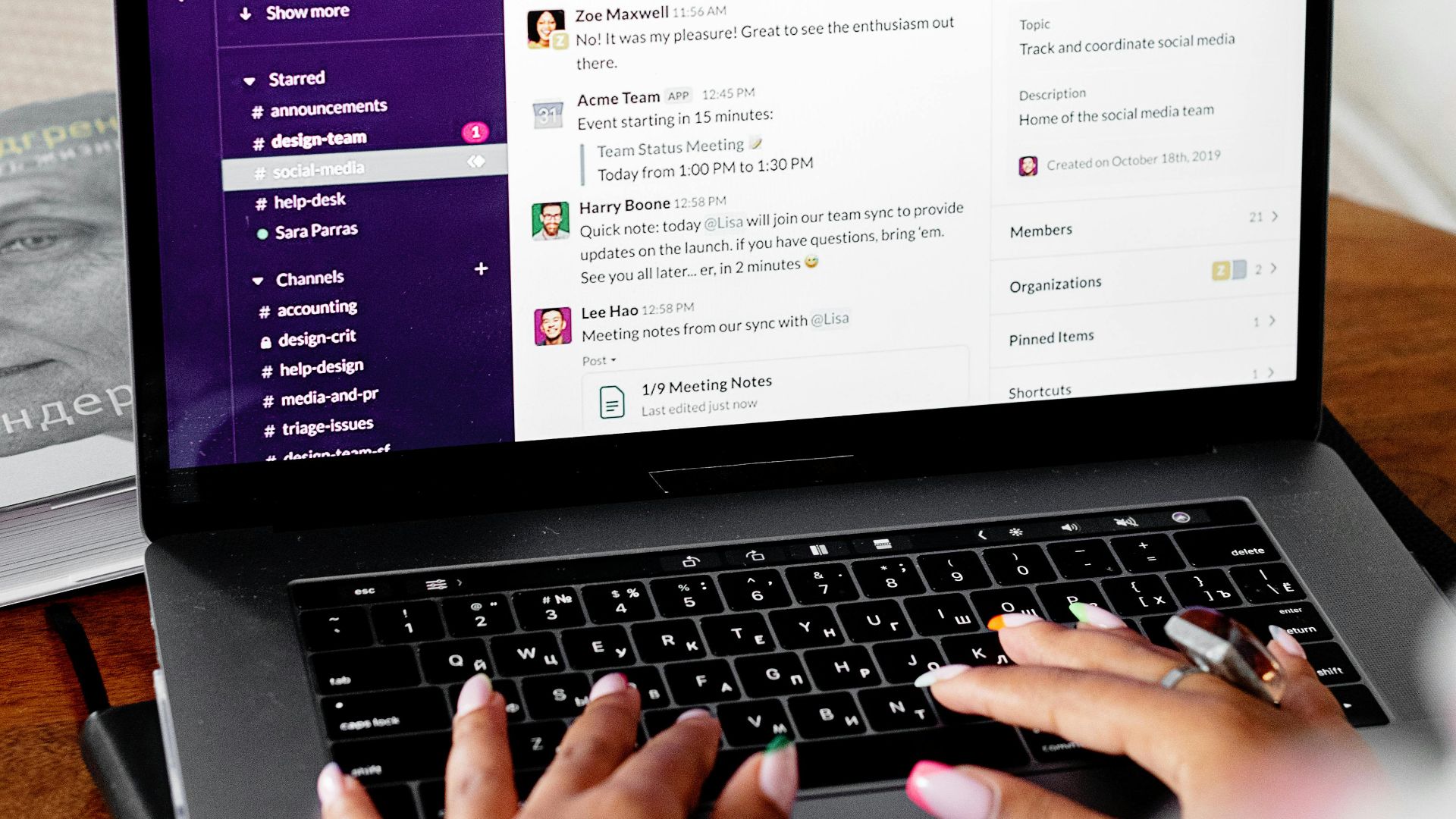Work-from-Home Wins and Woes
The concept of working remotely sounds like heaven: just you, your computer, and your own chosen spot for the day to get your stuff done. However, believe it or not, it has its disadvantages as well, and may even make you more stressed than working on-site. Here are 10 perks to working remotely and 10 downsides.
1. Flexibility
One of the greatest advantages of working remotely is the flexibility it offers. For example, you won't need to wake up at least an hour before you're scheduled to clock in—you can sleep in a little later until your workday starts. During your breaks, you can head out to grab lunch, go for a walk, finish up household chores, and more.
2. Little to No Commute
Another great thing about working remotely? Little to no commute. Gone are the days when you had to drive all the way to the office every morning, through peak rush hour (then all the way back home after clocking out). Unless you prefer doing your tasks at a quiet café, you don't even need to get out of your room.
3. Fewer Expenses
No commute means you save money on transportation, like bus fares, gas, and parking. You also won't need to buy new work attire—just slip into a business casual shirt for meetings, and you're good to go. Saving money on these expenses means you'll have more money to spend on things you actually need and want.
4. More Comfortable
When you can work in the comfort of your own space and home, what can top that? You won't need to worry about cramped, stuffy offices or deal with loud or potentially disrespectful coworkers. And if you want to do your tasks while blasting your favorite playlist? You can do that, too.
5. Choose Where to Live & Work
You're not just confined to your current address, either. If you have the means for it, you can move out to a whole different city, country, or even continent. Of course, not all companies will allow this, so you'll need to check in with your employer first, but remote work often allows ample opportunities and freedom.
6. Customizable Workspace
Because you get to choose your own workspace, you get to decorate it how you like as well. You can swap your chair and desk out for more comfortable, ergonomic ones, and add other furnishings that make your home office look welcoming, vibrant, and relaxing.
7. Provides Wider Opportunities for Diversity & Inclusion
Remote work offers ample advantages to parents, caregivers, those living with chronic health conditions or disabilities, and those in marginalized communities, like people of color and LGBTQ+ individuals. Because they don't need to physically be present at the workplace, they often enjoy greater comfort.
8. Better Productivity
When you're able to control your own workspace, you're likely to increase your output and show better, more efficient performance. After all, you don't need to deal with office noises as you would if you were working on-site, and you can make your environment as quiet as possible. (Or loud, if you need to hype yourself up.)
9. Better Work-Life Balance
Some companies may even allow you to choose your own hours, meaning you can start and end according to what schedule suits your lifestyle best. This allows you even greater flexibility, so you never need to sacrifice important, personal commitments—your daughter's recital or your son's graduation, for example—for work.
10. Reduced Stress
When you're not being constantly scrutinized with your boss breathing down your neck (literally), you'll probably be less stressed at and about work. Having a comfortable environment to do your job in is key, which is why working remotely often means less anxiety—and higher productivity.
With all these advantages, it's hard to see how there could be any cons to working remotely. But there are downsides, and we'll cover that next.
1. No Face-to-Face Interaction
The first major downside of working remotely? No face-to-face interactions with your team. Of course, this might sound like a plus to introverts, but having limited communication can make it much more challenging to collaborate on projects.
2. More Distractions
While working remotely can certainly make you more productive, since you can control your own workspace and environment, you might also be exposed to more distractions. For example, you might be working from home while taking care of your children, or while being surrounded by digital screens and other temptations.
3. Feel Disconnected & Isolated
It might feel nice initially, being cooped up at home and working right from your makeshift office. But after a while, you may start to feel lonely, disconnected, and isolated. Sure, you might have daily meetings with your team, but you only ever see them through a pixelated screen. You'll eventually crave face-to-face interactions.
4. Harder to Stay Healthy
Unless you have a standing desk at home, it can be hard to keep active and healthy when you're trapped at your desk for eight hours, five days a week. At least when you're working on-site, you have more opportunities to move around. Working remotely means you'll have to find other ways to balance out the hours you spend sedentary.
5. Lack of Motivation
Being surrounded by no one other than yourself and your home office can feel isolating, which can then lead to a lack of motivation. You might feel bored, restless, and not have the same level of energy or enthusiasm you would have if you were working on-site with the rest of your team.
6. Lack of Proper Equipment
Working remotely requires that you have at least the basic equipment for the role, which often means a desktop computer or laptop, a desk, and a strong internet connection. If you don't have the proper tools and your company doesn't provide you with rentals, you could be paying out of pocket.
7. Delayed Response Times
Relying on technology means you might sometimes be met with glitches, malfunctions, and delays. For example, you might have a meeting scheduled in the afternoon, only to never be pinged a reminder because the platform went buggy. Or you might message your manager with a quick question, only for the message to never send or be sent late. These scenarios wouldn't happen if you were working on-site.
8. No Real-Time Feedback
Similarly, you may rarely get real-time feedback for your work when you're remote, unless you directly schedule a one-on-one call. The lack of regular critiques and input from your manager can make you feel lost, like you're not sure if what you're doing is the best way to be doing it.
9. Juggle Different Time Zones
Working remotely means you might have to juggle different time zones, accounting for your coworkers' work hours, or other external clients. This can be especially rough when you're expected to comply and have meetings outside of your schedule.
10. Blurred Work-Life Hours
Because you're working from home, your job and personal life may start to blend together. After all, if you're used to having meetings at the dinner table, in the kitchen, or in your room, the lines can easily blur. This can make it harder to separate work from your own free time, leading to increased stress.




























